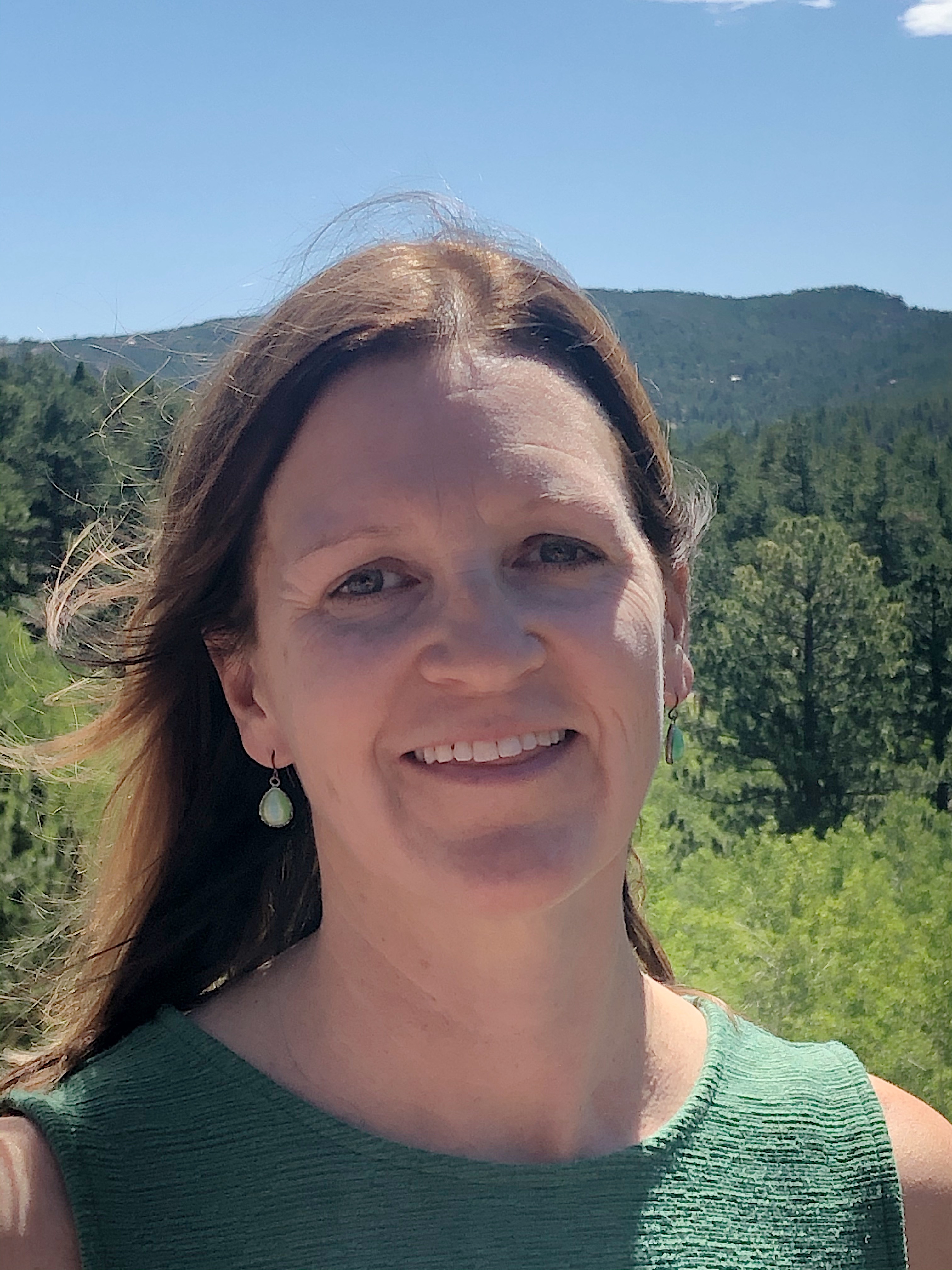GREEN CHEMISTRY AND SUSTAINABLE SCIENCE: A Green Approach to Sustainable STEM in K-12 - Chapter 1: Welcome to Green Chemistry Education

Summary
New York has been transitioning to updated New York State Science Learning Standards (NYSSLS), based on the Next Generation Science Standards (NGSS). As members of the Green Chemistry Professional Learning Team (GC-PLT), we have been developing curricula for our own use that reflect the updated standards and elements of instructional best practice, such as storylines, driving questions, and phenomena, with an emphasis on green chemistry. Our goal is to include phenomena that students experience in their own homes and communities. Using backwards design, we aim to engage students in analyzing phenomena, investigating relevant chemical concepts, describing green chemical principles, and applying chemistry to real situations. Through this work students should be prepared to meet recent science standards, using phenomena from kitchen chemistry and contexts from everyday life.
The goal of this book is to support new and veteran educators to use green chemistry principles as they engage all students in learning experiences through sustainable and safe means. By sharing New York standards-aligned activities, lessons, and a larger unit, we have provided practical examples of how to integrate green chemistry into instruction and promote active student learning of chemistry concepts. We have included examples from elementary, middle, and high school to both show a progression of student experience and demonstrate the practical implementation of green chemistry principles at any grade level. While we call this book the “New York edition” aligning these activities to New York state standards, these lessons can be utilized across the country as they can be aligned to NGSS and other state standards. Our vision is that green chemistry will be the way that we all approach chemistry education. We would love for educators across New York and the country to join us in making this vision a reality.
This guidebook was created by members of the New York Green Chemistry PLT and Beyond Benign Lead Teachers. Teachers include Scott Carlson, Annette Sebuyira, Veronica Morabito-Weeks, Stefanie Loomis, and Erin Mayer. Their dedication to teaching and passion for green chemistry was vital to completing this book and essential to its release. A special thank you to Beyond Benign staff member, Kate Anderson, whose leadership and vision inspired the team to action and to Jake Foster and Mollie Enright, whose support guiding this project to completion was instrumental.
This book made possible with funds provided by the NYS Pollution Prevention Institute through a grant from the Environmental Fund as administered by the NYS Department of Environmental Conservation. Any opinions, findings, and/or interpretations of data contained herein are the responsibility of the author(s) and do not necessarily represent the opinions, interpretations or policy of Rochester Institute of Technology and its NYS Pollution Prevention Institute or the State.
The goal of this book is to support new and veteran educators to use green chemistry principles as they engage all students in learning experiences through sustainable and safe means. By sharing New York standards-aligned activities, lessons, and a larger unit, we have provided practical examples of how to integrate green chemistry into instruction and promote active student learning of chemistry concepts. We have included examples from elementary, middle, and high school to both show a progression of student experience and demonstrate the practical implementation of green chemistry principles at any grade level. While we call this book the “New York edition” aligning these activities to New York state standards, these lessons can be utilized across the country as they can be aligned to NGSS and other state standards. Our vision is that green chemistry will be the way that we all approach chemistry education. We would love for educators across New York and the country to join us in making this vision a reality.
This guidebook was created by members of the New York Green Chemistry PLT and Beyond Benign Lead Teachers. Teachers include Scott Carlson, Annette Sebuyira, Veronica Morabito-Weeks, Stefanie Loomis, and Erin Mayer. Their dedication to teaching and passion for green chemistry was vital to completing this book and essential to its release. A special thank you to Beyond Benign staff member, Kate Anderson, whose leadership and vision inspired the team to action and to Jake Foster and Mollie Enright, whose support guiding this project to completion was instrumental.
This book made possible with funds provided by the NYS Pollution Prevention Institute through a grant from the Environmental Fund as administered by the NYS Department of Environmental Conservation. Any opinions, findings, and/or interpretations of data contained herein are the responsibility of the author(s) and do not necessarily represent the opinions, interpretations or policy of Rochester Institute of Technology and its NYS Pollution Prevention Institute or the State.
Keywords
Safety Precautions, Hazards, and Risk Assessment
None
Digital Object Identifier (DOI)
https://doi.org/10.59877/QLPA3385
Related Learning Objects
File (PDF, PPT, image, etc)
File (PDF, PPT, image, etc)
Creative Commons License

This work is licensed under a Creative Commons Attribution-NonCommercial-ShareAlike 4.0 International License.







